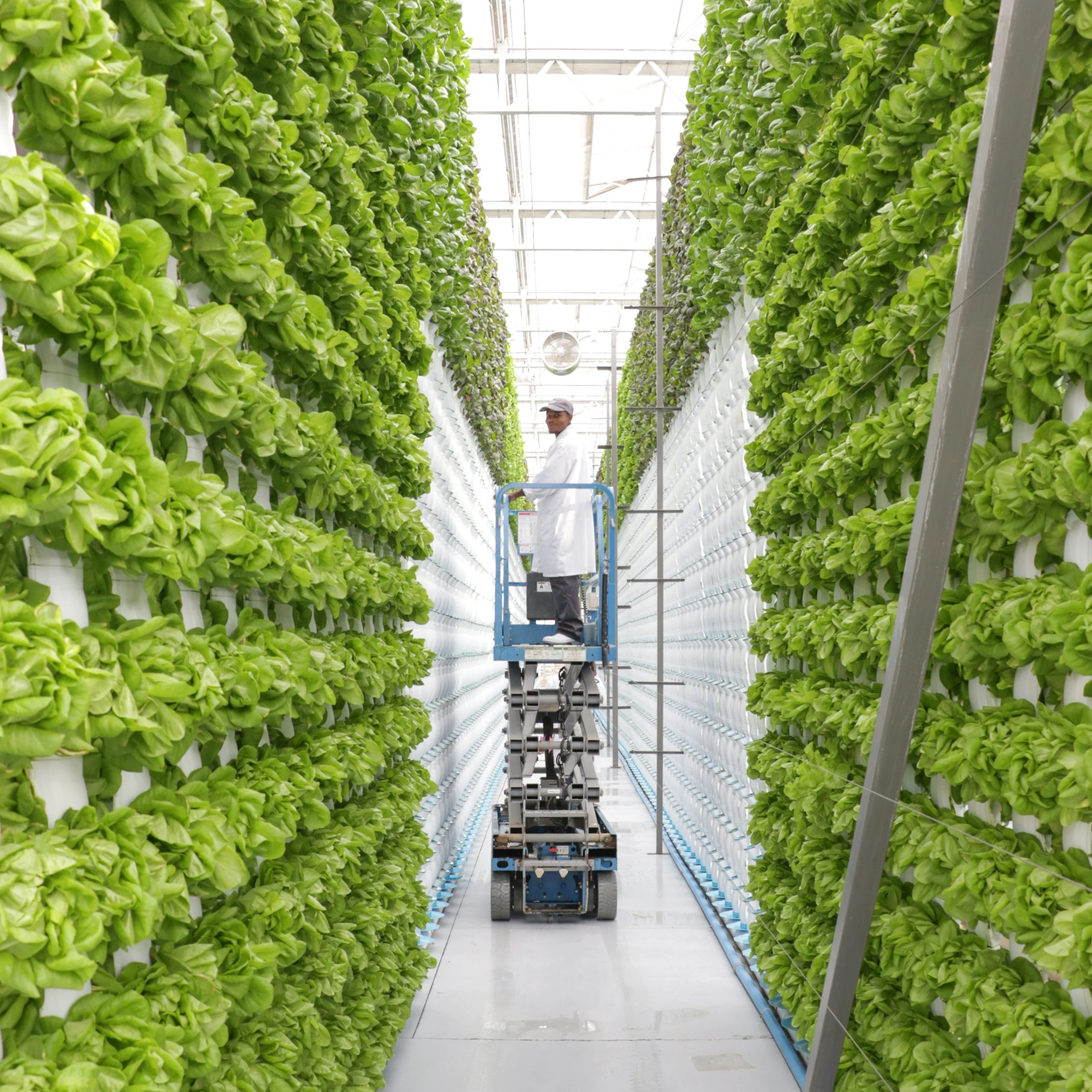Now Reading: Vertical Farming: The Future of. Sustainable Agriculture?
-
01
Vertical Farming: The Future of. Sustainable Agriculture?
Vertical Farming: The Future of. Sustainable Agriculture?

In a world facing rapid urbanization, climate change, and food insecurity, innovative agricultural methods are becoming increasingly vital. One such groundbreaking solution is vertical farming—a method that promises to revolutionize the way we grow food by taking agriculture to new heights—literally.
What Is Vertical Farming?
Vertical farming is the practice of growing crops in vertically stacked layers, often in controlled indoor environments. Instead of spreading crops across large tracts of land, vertical farms use shelves or towers to cultivate food upward, making efficient use of space.
These farms commonly utilize hydroponics (growing plants without soil, using nutrient-rich water) or aeroponics (mist-based nutrient delivery), and are supported by advanced technologies such as LED lighting, climate control systems, and automation.
Why Vertical Farming?
The appeal of vertical farming lies in its ability to address several pressing global issues:
• Space Efficiency: Vertical farms can be set up in urban centers, abandoned buildings, or unused warehouses, requiring significantly less land than traditional farming.
• Year-Round Production: By controlling temperature, humidity, and light, crops can be grown all year long, independent of seasons or climate conditions.
• Water Conservation: Vertical farming uses up to 90% less water than conventional farming, thanks to recycling systems and closed-loop irrigation.
• Reduced Transportation: Locating farms closer to consumers shortens the supply chain, reducing emissions and preserving freshness.
• Pesticide-Free Crops: The controlled indoor environment reduces the need for harmful pesticides and herbicides, resulting in cleaner produce.
Challenges and. Limitations
While vertical farming has immense potential, it also comes with challenges:
• High Initial Costs: Setting up a vertical farm requires significant investment in technology, infrastructure, and energy.
• Energy Consumption: Despite advancements in LED technology, artificial lighting and climate control systems still demand substantial energy input.
• Crop Variety Limitations: Currently, vertical farms are best suited for fast-growing, small crops like leafy greens, herbs, and microgreens. Producing staple crops like wheat, corn, or rice remains impractical at scale.
A Growing Trend
Around the world, vertical farming is gaining traction. Cities like Singapore, Tokyo, New York, and London have embraced it as a strategy for increasing local food production and boosting food security. Companies such as AeroFarms, Plenty, and Infarm are leading the way with innovative designs and large-scale vertical farms that supply supermarkets and restaurants directly.
Governments and investors are also showing growing interest, seeing vertical farming as a key component of sustainable urban development and climate resilience strategies.
The Future of Food?
As technology advances and economies of scale improve, vertical farming is expected to become more accessible and efficient.
Integrating renewable energy sources, AI-powered monitoring, and robotics could further reduce costs and enhance productivity.
In Greece, the rise of research-backed pilots and budding startups shows significant potential—especially in Athens and islands—though energy use, regulation, and upfront investment remain important challenges.
Vertical farming may not entirely replace traditional agriculture, but it offers a complementary solution—especially in densely populated areas and regions facing environmental stress.
























